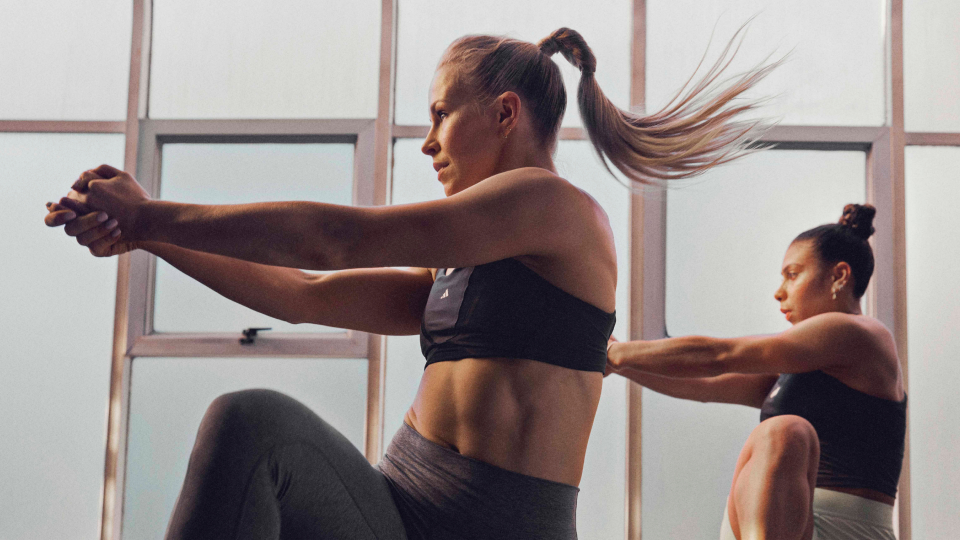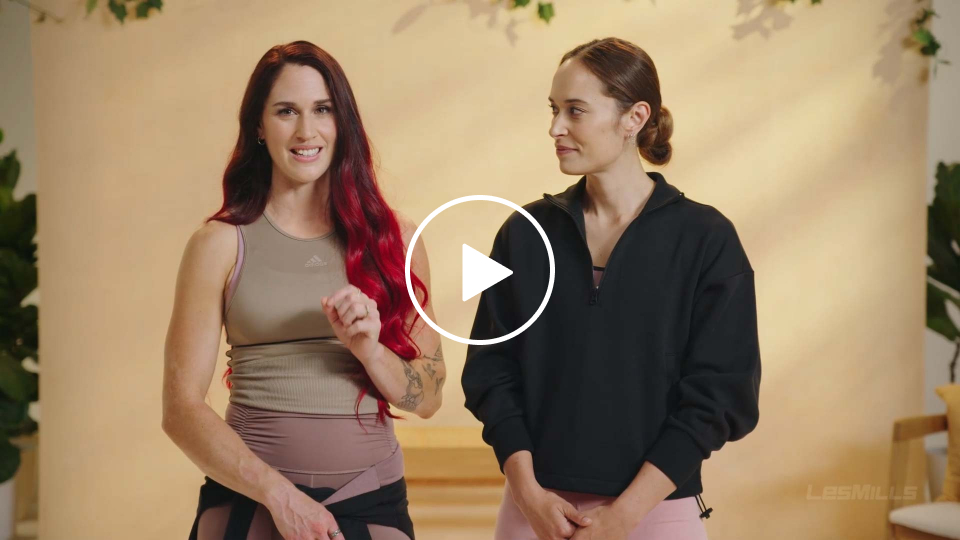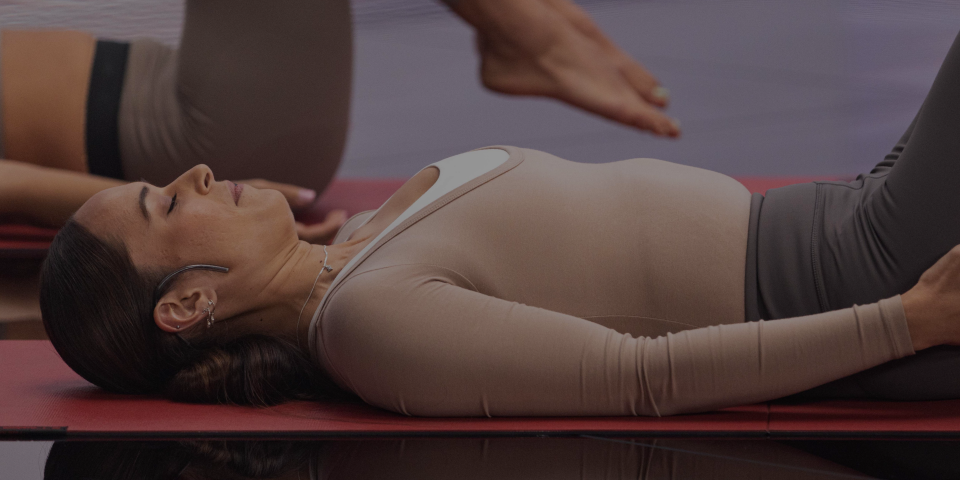In the incredible, magical but extremely tough weeks post-birth, there is no need to add to the stress by forcing yourself to exercise. Instead, experts suggest you look for opportunities to move your body that you enjoy and use movement as a tool to help you navigate the post-birth haze.
Watch the video below and learn how other moms navigated their post-birth exercise journey.
The most compelling reason to get back into exercise is definitely not to get your pre-pregnancy body back. Khiran Huston, mother and fitness professional, says that in these early days of motherhood, nurturing your body and your mind is paramount. “Be kind to yourself, acknowledge and appreciate what your body can do. Some days will be tough, exercise won’t always be the answer, but it can help.”
HOW TO SAFELY RETURN TO EXERCISE POST-BIRTH
- The American College of Obstetrics and Gynaecology recommends new mothers gradually return to physical activity four to six weeks after delivery (working towards 150 minutes of moderate to vigorous physical activity per week at some time after this time point).
- Seek advice from your doctor or midwife before returning to exercise.
- Take things slow and listen to your body. If you don’t feel right exercising, stop straight away, and if you don’t feel like exercising one day (or one week, or even one month!), it’s okay. Just get back into it when you feel ready.
- Don’t compare yourself to others. Do whatever feels right for you.
THE FIRST FEW WEEKS POST-BIRTH: WHAT TYPE OF EXERCISE IS BEST?
In these early stages of new motherhood rest is your number one priority – sleep when you can and don’t let exercise get in the way of any rest and recovery.
When you do feel like moving your body, don’t underestimate the power of going for a walk. Walking really is unbeatable in these early weeks of motherhood. You can walk for as long as you want to and go at a pace that suits you, plus there's the added bonus of getting out in fresh air, which can be great for your mood and emotional wellbeing. Gentle low-impact workouts are also a great option.
Diana Archer Mills, Les Mills Creative Director and mother, cautions that even when you feel ready to start exercising again, don’t expect your body to be on the same page. “I thought I would be fine after my second birth; I'd worked out all the way through, the birth was great, and I was starving for a workout. I jumped back into exercise and almost instantly pulled my adductor. The reality is, after birth, you're weaker. Your pelvic floor took a hammering, as did your abs and thighs, and most likely everything else got a bit softer as you shifted your exercise to revolve around the safety of the baby.” Diana’s advice is to assume you’re starting at zero, and then congratulate yourself for each step you can take from there.
LES MILLS+ is home to a collection of carefully-designed post-pregnancy workouts that are the perfect starting point. Each session is super short and baby friendly. You can do the workouts with or without your baby, pausing and stopping as you need. The safe and simple workouts are supported by thoughtful insights and advice designed to help you through the early stages of parenthood.
WHEN SHOULD YOU BUILD INTENSITY?
As a general guide, week six is when you can start to build your exercise to become a little higher in intensity. However, before you do this, think deeply about how you are feeling and only do what feels right for you. It’s also important to get clearance from your midwife or doctor.
Bryce Hastings, Les Mills Head of Research, suggests LES MILLS TONE™ workouts can be great options for progressing your postpartum fitness journey. “LES MILLS TONE workouts feature three key training disciplines; cardio, strength and core, so they offer variety and a broad range of benefits, which is ideal for new moms.” He adds, “The workouts have plenty of options to increase or decrease the intensity, giving mothers the flexibility to find their level and continually progress.”

MOVE FOR YOUR MENTAL HEALTH
Upwards of 40 percent of new mothers are reporting depression and 72 percent of new moms are dealing with moderate to high anxiety. While exercise isn’t always the answer, it can help. Research shows postpartum women who gradually return to exercise four to six weeks after delivery report lower depression and anxiety than those who do not meet the guidelines for physical activity.
Read more about miracle formula to help alleviate postpartum stress and anxiety.
Explore safe and simple exercise for the early stages of parenthood with LES MILLS+ or try LES MILLS TONE.









